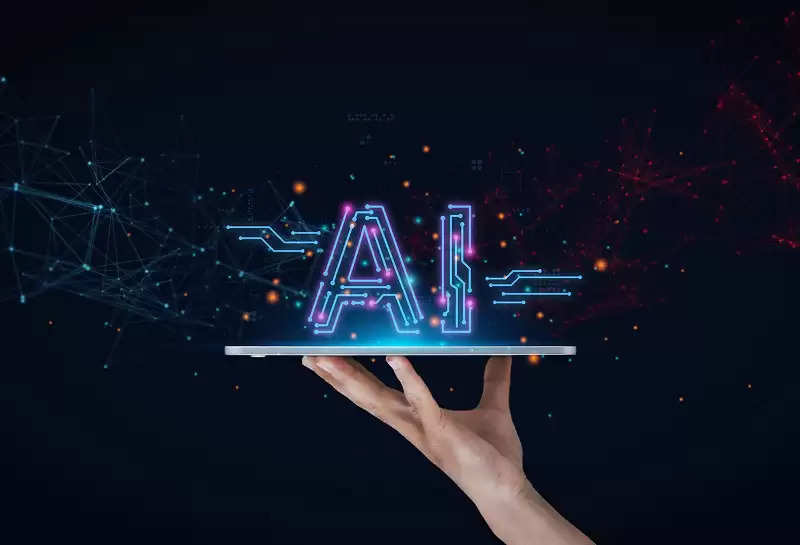Hindi Diwas 2023: How is technology helpful in the development of language, know how Hindi will improve with it...

Hindi Diwas 2023: Language is the medium through which information and messages travel. But when language itself becomes a barrier, all kinds of knowledge and skills come to a standstill. When the Internet started changing the world three decades ago, English was completely dominant, and the presence of local languages on the Internet was not even three percent. But the way technological development has strengthened local languages, Hindi has been the biggest beneficiary.

Today there is abundant and quality Hindi content available on the internet. The computers and mobile pads which once understood only the Roman script, have now become well acquainted not only with Hindi but also with other Indian languages. The development of Indic keyboards and input tools has strengthened Hindi, while new technologies like Artificial Intelligence (AI) and Machine Learning have started making it easier for people unaware of Hindi to read and write it. Since 2014, the number of searches for Hindi words on the Internet has doubled. The use of Devanagari font is now so easy that users can do tasks like searching and writing Hindi content in a jiffy.
Technology giving new direction to Hindi
In this era of technology, Hindi is on the path of unprecedented progress. Hindi, once considered the language of limited possibilities, is today making its presence felt on every internet media platform, from e-commerce to edtech to entertainment platforms. The number of people learning Hindi from all over the world on the American language learning platform Duolingo has reached 84 lakh.
Hindi is the second most popular language in India and the 10th most popular language worldwide among Duolingo learners. It is India's growing strength in many fields like sports, business, and technology, due to which curiosity about learning Hindi is increasing across the world. People are discovering India, its languages, and its rich culture through Hindi. From this, we can imagine what level the demand for Hindi content will be on the Internet in the coming ten years.
Hindi gets strength from AI
Google has recently started an AI-based search facility in India after America. Special features have been added to the new Search Lab for Indian users. If you want to listen to any search result received in English in Hindi, then you just have to click on the language switcher.
Instead of typing similar questions, you can also search by speaking in your own language on the microphone symbol. New AI capabilities have been added for bilingual people in India. Google has already started the camera and speech recognition model. Google is expanding the scope of Hindi-speaking users through Search Lab, while Microsoft is continuously making efforts to use AI in the use of Hindi and other Indian languages.
Also read-
Bhashini: India's own Google Translator
With the aim of removing the linguistic barrier on the Internet, the Ministry of Electronics and IT is running Mission Bhashini (Language Interface). This technology is making internet and digital services available to common Indians in their mother tongue.
On the other hand, large language data is being prepared so that researchers can use it to develop artificial language models. This type of innovation will create entirely new types of products and services. Bhashini Mission is laying the foundation for an inclusive and empowered future for all Indians.

Language enrichment through mechanical power
New tools are being developed so that machines can understand and translate the voices and intentions of common Indians. Bhashini is a unique example of AI/Machine Language, Data Science, and API use cases across the world.
Basically, its main objective is to translate one language into another through text, speech and video and for this, Automatic Speech Recognition (ASR), Optical Character Recognition (OCR), Natural Language Understanding, Machine Translation (MT) and Text Technologies like Text to Speech (TTS) are being used.
 (1).png)
